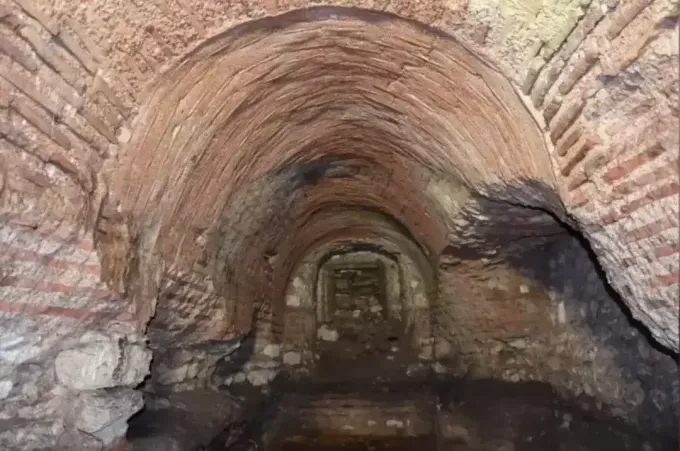The world still reserves many mysteries that are “waiting” to be discovered and some recent archaeological finds in Turkey prove it.
In Istanbul, researchers found underground rooms that connect through a tunnel created 1,500 years ago. This means that they were built when the place was still called Constantinople, the former capital of the Byzantine Empire (or Eastern Roman Empire).
see more
Alert: THIS poisonous plant landed a young man in the hospital
Google develops AI tool to help journalists in…
See too: “I was born 12 thousand years ago”: entire human fossil is found in Goiás
Those responsible for the discovery still cannot say what the real purpose of these secret rooms was, but it is possible that they were connected with the church of St. Polyeuctus, in the basement of which were located. In fact, they likely connect directly to the temple's altar, which is right on top of the ruins.
According to the information disclosed, it is possible to find inlaid stones, marble blocks and ornamental mosaics in the corridors and rooms of the tunnel.
Secret rooms in ruins were already known

Although the excavations to find the ruins took place in March of this year, they were known since 1960. However, the urbanization works buried the constructions again in order to preserve the structure.
Since that decade, the ruins have been abandoned, however, the municipality started a project to transform the place into a point tourist from istanbul. It is possible that the underground rooms and tunnel will be opened for visitation in a short time.
The story behind the find
The church of St Polyeuctus was built between 524 and 527 AD. C, the time when the Byzantine Empire was led by Justinian. It was one of the most beautiful and imposing sacred buildings in Constantinople.
However, in the 11th century, the church was abandoned after being shaken by a strong earthquake. As early as 1204, the site was plundered and destroyed during the Fourth Crusade by Western European warriors. At this time, the building was in ruins.
Pieces that decorated the place were sent to Barcelona and Vienna. Additionally, two pillars, known as the Pillars of Acre, were incorporated into St. Mark's Basilica in Venice. It is impressive that the remains of the church have lasted so long.
